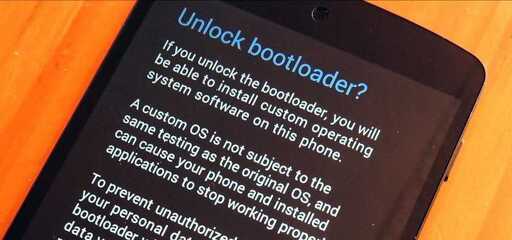Samsung has decided to proceed with the Bootloader blocking also in Europe, a move that has caused a lot of discussion. Behind this choice is a European regulation that will come into force in August 2025 and which risks changing smartphone usage in Europe forever. This is why other manufacturers may soon follow suit.
From 1 August 2025, new provisions will come into force RED Directive (Radio Equipment Directive), which redefines the compliance requirements for all radio devices sold in Europe. This is a significant change, not so much for the amount of regulations introduced, but for the effect they will have on the entire Android ecosystem. The issue revolves around three articles that impose specific protections: against network interference, personal data compromise, and digital fraud. These are, in themselves, sacrosanct rules.
But the crux comes with the interpretation prevailingEach device must ensure full compliance not only with the hardware, but also with the software that controls the radio modules. This is where the bootloader comes in. Unlocking it essentially allows you to replace the original operating system with an alternative one, such as LineageOS or GrapheneOS.
But these systems, if they modify the radio drivers even minimally, invalidate the CE certification. An uncertified device can no longer be legally marketed or used, at least according to the most stringent reading of the law.
This scenario has therefore led Samsung to protect its devices. Not on a whim, but to avoid any software modifications falling under your legal liability. If a user installs a ROM that interferes with radio frequencies or compromises communications security, the manufacturer (and in some cases the importer) may be held directly liable.
RED does not explicitly talk about unlocking the Bootloader or custom ROM, but it opens one regulatory space in which the margins for maneuver are they narrow. And in doing so, it provides a solid argument for those who have been trying for years to close the loop between hardware, software, and services. After all, customizing the operating system also means breaking away from proprietary services and, therefore, from the model that ties the user to the brand.
Samsung is just the first to move, but it’s hard to imagine it will be the only one. Starting in August 2025, it’s very likely that other manufacturers will follow suit, at least for the European market.



Do any “ROMs” or linuxes do this? Seems like you could get an “illegal USB bluetooth/wifi dongle” for shenanigans purposes instead. This all seems like such a pointless distraction that can only be to ensure that manufacturer backdoors are ensured as unescapable.
I have never installed a ROM that touched the radio.
In fact most ROMs I’ve used warned against touching the radio because of the risk of damaging the device.
sorry for Gemini link to prompt below, but google itself doesn’t provide any top page links to answering the question, or questions about “software wifi to radio conversion”. GrapheneOS does not provide the functionality. Seems like only process to transmit/receive at a different band is to use hardware that bridges from wifi signal to radio signal.
It is generally not possible to directly modify the WiFi frequency on a smartphone to an arbitrary frequency. Smartphones are designed to operate within the standard WiFi frequency bands (2.4 GHz and 5 GHz) and their corresponding channels. While you can influence which band your phone connects to (e.g., prioritizing 5 GHz for faster speeds), you can’t arbitrarily set the frequency. Why you can’t set an arbitrary frequency: Hardware limitations: Smartphones are built with hardware that supports specific frequency ranges (2.4 GHz and 5 GHz in most cases). Protocol compliance: WiFi communication relies on specific protocols (like 802.11 a/b/g/n/ac/ax) that are tied to these standard frequency bands. Router configuration: While you can configure your router to broadcast different SSIDs for each band (e.g., “MyWiFi_2.4GHz” and “MyWiFi_5GHz”), the phone’s connection is still limited to the supported frequencies. What you CAN do: Prioritize a band: You can influence which band your phone connects to by adjusting settings on the phone (if available) or by configuring your router to have separate SSIDs for each band. Choose the right band: For faster speeds, prioritize the 5 GHz band when it’s available. For better range and wall penetration, the 2.4 GHz band is better. Optimize router settings: Ensure your router is set up to broadcast on the desired bands and consider channel selection for optimal performance. In short, while you can influence the band your phone connects to, you cannot arbitrarily set the WiFi frequency on your smartphone.
After RTFAing, this seems to be Samsung just using an excuse to lock down their phone, rather than any specific order from EU telling them to.